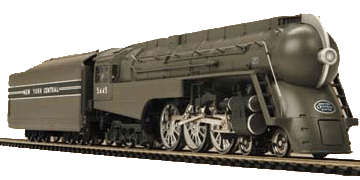|
|
 Posted - July 24 2022 : 10:40:23 PM Posted - July 24 2022 : 10:40:23 PM




|
My AOTW will be a triple header of new machinery for the City of Ephrata Valley Public Works. The garbage truck is a Magnuson Models kit, the road roller and street sweeper are my own kitbashed designs.
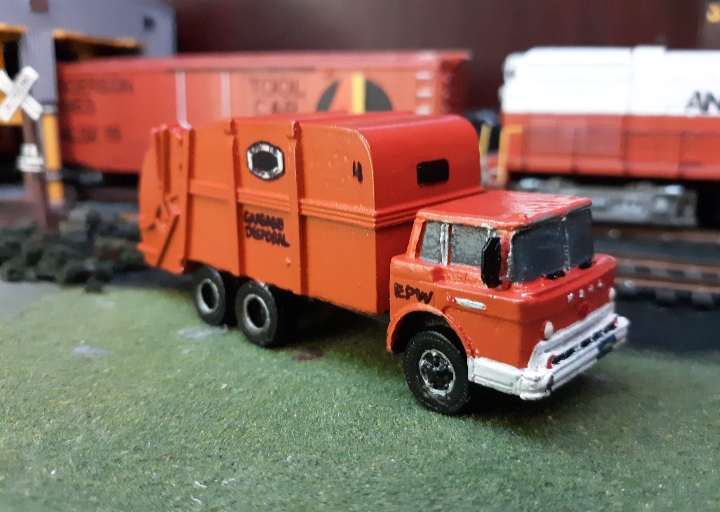
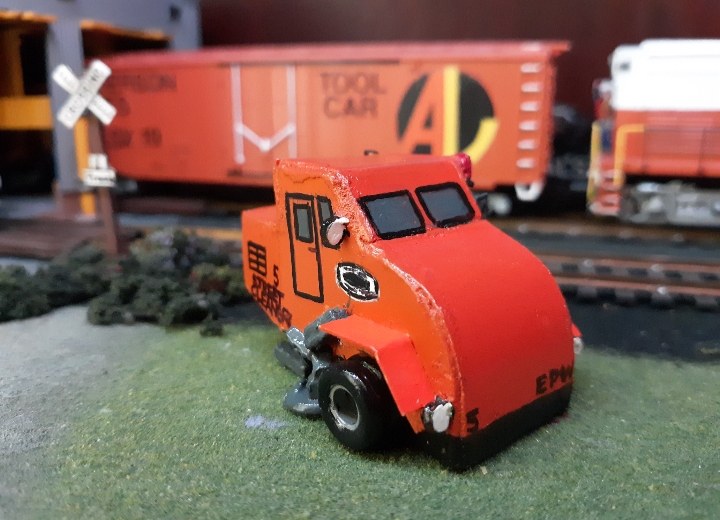
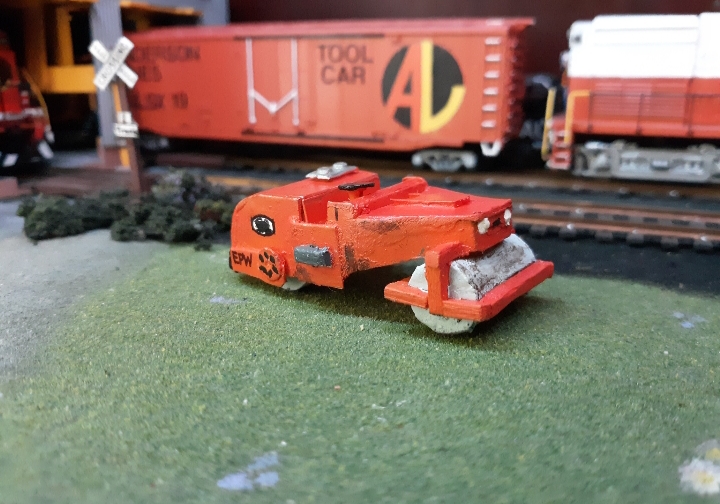
Aaron Anderson
Edited by - A-A-RON on July 24 2022 10:41:15 PM
|
Country:  USA ~
Posts: 617 ~
Member Since: March 14 2019 ~
Last Visit: November 04 2025 USA ~
Posts: 617 ~
Member Since: March 14 2019 ~
Last Visit: November 04 2025
|
 Alert Moderator
Alert Moderator
|
|
|
|
 Posted - July 25 2022 : 12:15:45 AM Posted - July 25 2022 : 12:15:45 AM




|
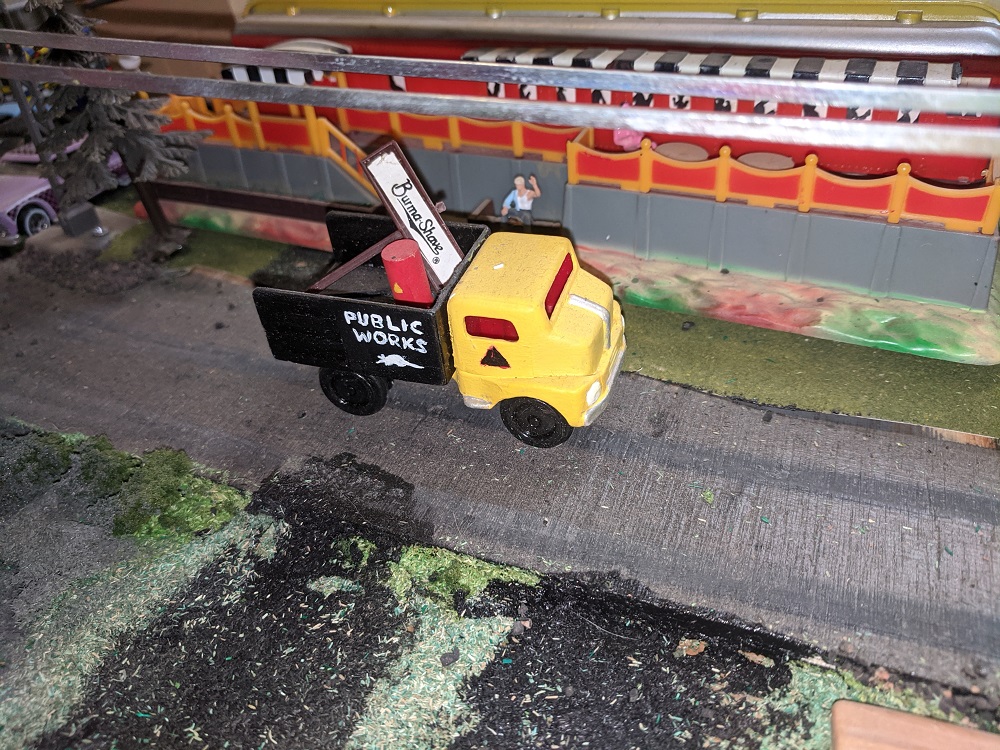
I always get a kick from A-A-Ron's creations. A DPW truck hauls away a Burma Shave sign.
|
Country:  USA ~
Posts: 11535 ~
Member Since: December 09 2013 ~
Last Visit: November 04 2025 USA ~
Posts: 11535 ~
Member Since: December 09 2013 ~
Last Visit: November 04 2025
|
 Alert Moderator
Alert Moderator

|
|
|
|
 Posted - July 25 2022 : 10:16:10 PM Posted - July 25 2022 : 10:16:10 PM




|
Ephrata Valley "EV" signs and tower name signs - which I created in Google Drawings, printed, overlaid with clear tape, cut, and glued.
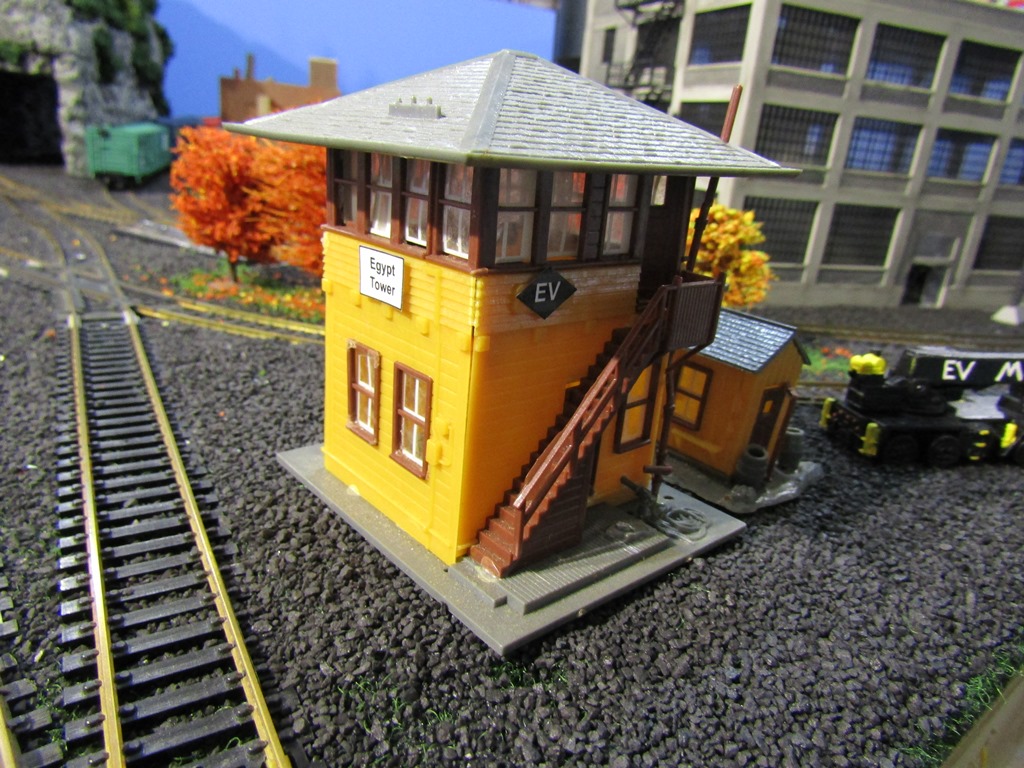 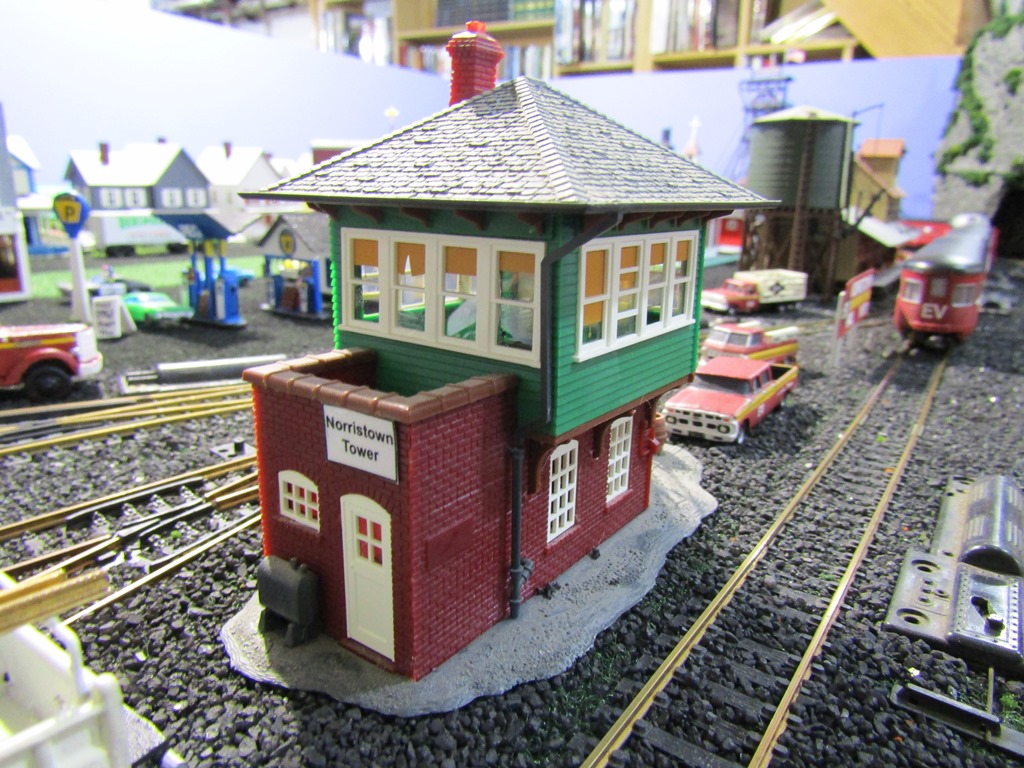 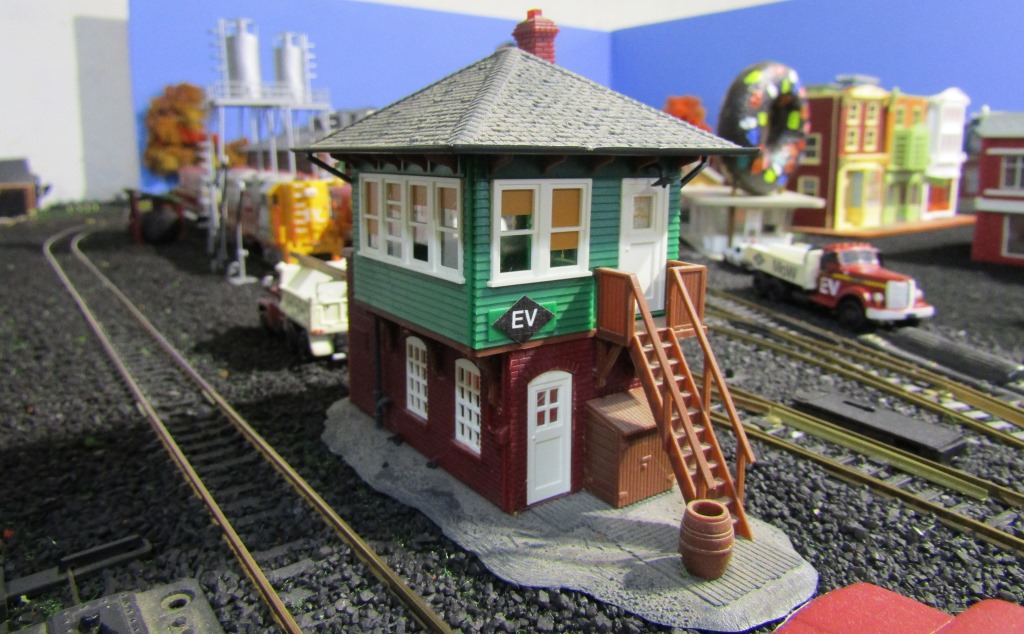 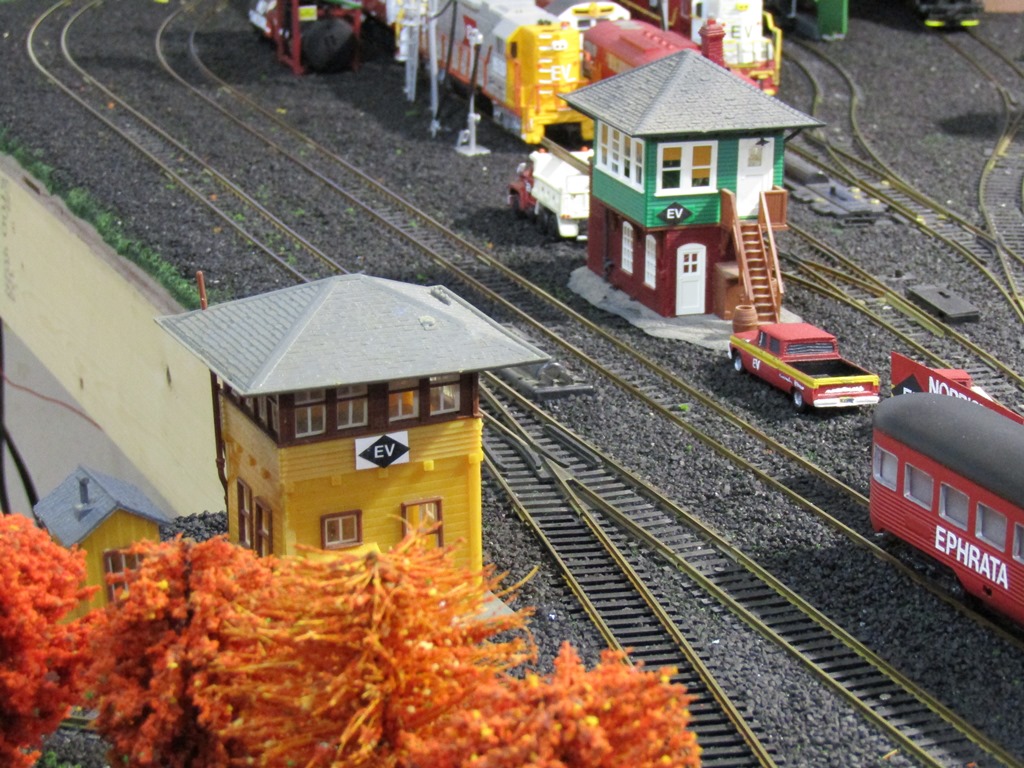 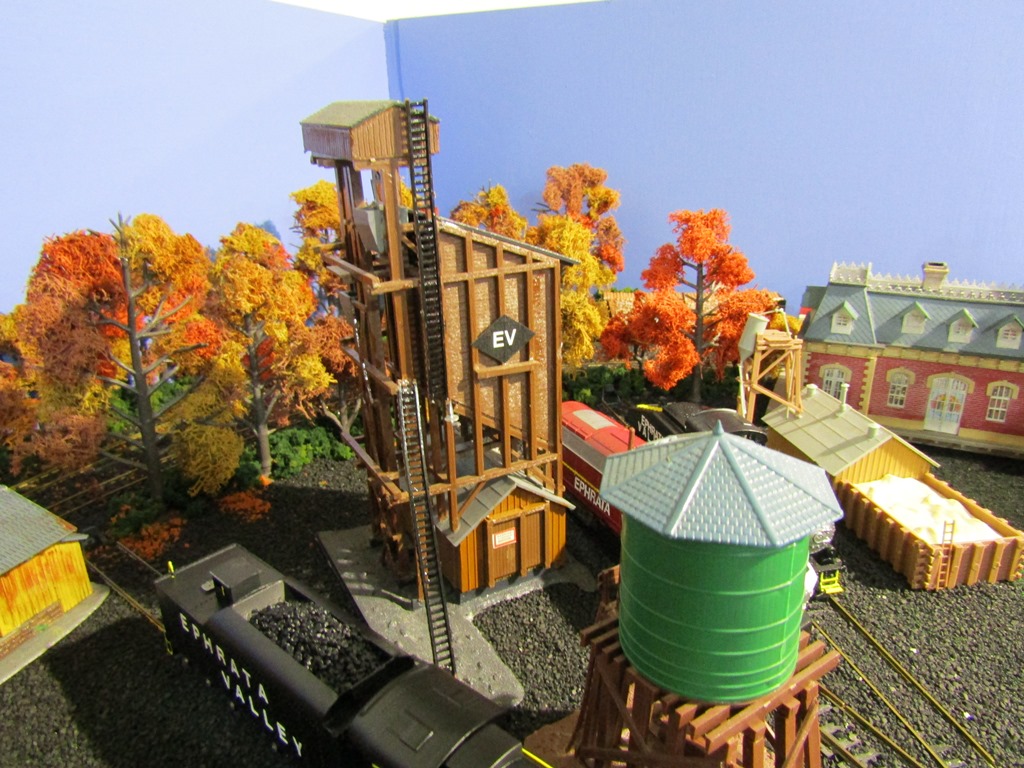
"Let your light so shine before men, that they may see your good works, and glorify your Father which is in Heaven." - Matthew 5:16
Youtube Channel: www.youtube.com/rpmodelrailroads
Instagram: https://www.instagram.com/rp_model_railroads/
|
Country:  USA ~
Posts: 4669 ~
Member Since: August 11 2017 ~
Last Visit: July 20 2023 USA ~
Posts: 4669 ~
Member Since: August 11 2017 ~
Last Visit: July 20 2023
|
 Alert Moderator
Alert Moderator

|
|
|
|
 Posted - July 27 2022 : 12:37:49 AM Posted - July 27 2022 : 12:37:49 AM




|
| Its own universe. Nicely progressing!
|
Country:  USA ~
Posts: 11535 ~
Member Since: December 09 2013 ~
Last Visit: November 04 2025 USA ~
Posts: 11535 ~
Member Since: December 09 2013 ~
Last Visit: November 04 2025
|
 Alert Moderator
Alert Moderator

|
|
|
|
 Posted - July 27 2022 : 11:19:47 AM Posted - July 27 2022 : 11:19:47 AM




|

This is an old school spiking tool for handlaid track. It was made by Model Engineering Works, probably in the 1950s. The company is probably better known as an importer of brass locomotives, and for its reproduction of tinplate rolling stock and parts. I haven't used this yet, but if it helps make tracklaying easier, and cut down on the number of spikes I bend in the process it will be worth the modest cost.
[url=https://imgur.com/WWQAIoU]  [/url] [/url]
The tool consists of two pieces: a bottom plate that holds the spikes in place, and a handle that drives them into the ties.

The bottom plate has protrusions that fit over the rails, and two holes on either side of each rail that hold the spikes in position.

Here is the plate in position on the rails, and the handle inserted. The handle has a small metal pin for each spike hole on the plate, and once the spikes are loaded into the plate, pushing down on the handle drives them into the ties, The plate provides some support during this process. It looks th me like a vast improvement over the method I've previously used, driving each spike in by hand using a set of needle nose pliers. That method is time consuming and tedious, and I can only lay about 3 feet of track a day using that process.
|
Country:  USA ~
Posts: 596 ~
Member Since: December 22 2013 ~
Last Visit: November 06 2025 USA ~
Posts: 596 ~
Member Since: December 22 2013 ~
Last Visit: November 06 2025
|
 Alert Moderator
Alert Moderator

|
|
|
|
 Posted - July 29 2022 : 12:16:43 PM Posted - July 29 2022 : 12:16:43 PM




|
How can you be sure the spike heads are facing the right direction?
Glenn
I was thinking of the immortal words of Socrates, who said, "... I drank what?"
|
Country:  USA ~
Posts: 1608 ~
Member Since: December 13 2008 ~
Last Visit: November 05 2025 USA ~
Posts: 1608 ~
Member Since: December 13 2008 ~
Last Visit: November 05 2025
|
 Alert Moderator
Alert Moderator

|
|
|
|
 Posted - July 29 2022 : 2:55:34 PM Posted - July 29 2022 : 2:55:34 PM




|
quote:How can you be sure the spike heads are facing the right direction?
Originally posted by gmoney - July 29 2022 :  12:16:43 PM
|
You insert them into the plate with the spike heads facing the rail.
|
Country:  USA ~
Posts: 596 ~
Member Since: December 22 2013 ~
Last Visit: November 06 2025 USA ~
Posts: 596 ~
Member Since: December 22 2013 ~
Last Visit: November 06 2025
|
 Alert Moderator
Alert Moderator

|
|
